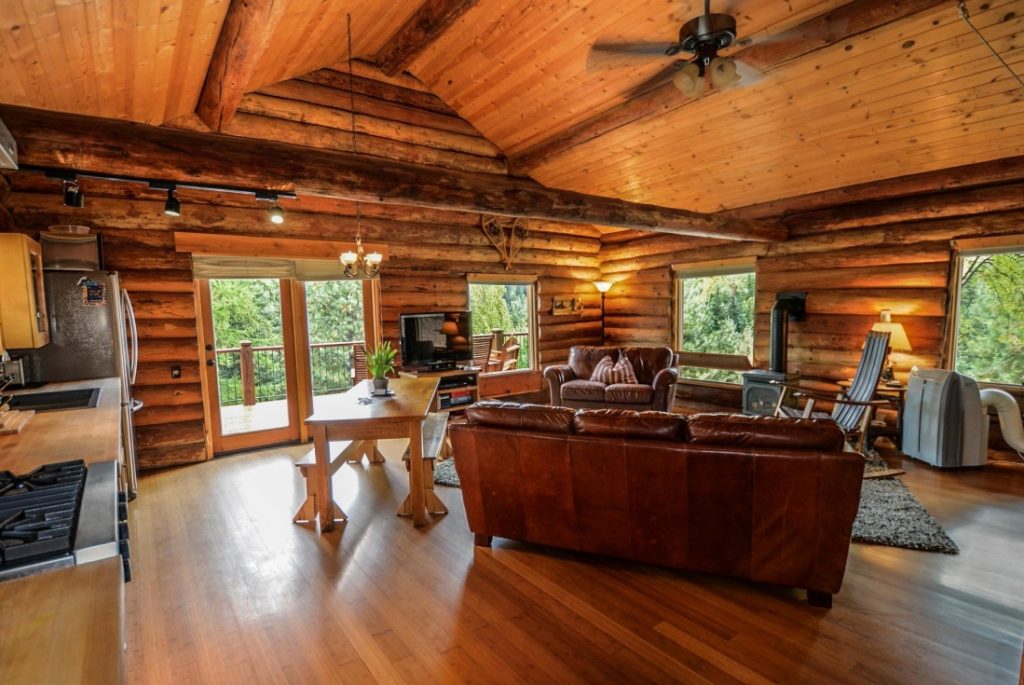When discussing green building materials, wood remains the top choice. Because of its main benefit of renewable, sustainable and takes much less carbon to produce than other materials. Builder and construction companies now a day use green building material for construction sites to protect environment.
When trees are cut down for their wood. New ones are planted, grown for their wood. Thus the process of plantation continues. Nevertheless, When you handle them responsibly. Responsibly means without deliberate clear cutting. Forests are renewable. It impacts on the environment in a minimized way. Reports show forests in all over the world are flourishing. The only reason for this is management practices and long-term planning.
USES OF BUILDING MATERIAL
Wood has many uses, from furniture to paper and cabinetry to framework. This is the reason why we depend upon wood for thousands of products. you can use it for exterior and interior projects, painted, stained, assembled and shaped. Because you can reclaim wood and you can use it to make something else without depleting resources. Even be returned to the ground to biodegrade. However, if you compare it with other building materials, a larger percentage of wood materials, you can use to create less waste. These wood scrapes you can use to make other wood products, as a heating source or made into shavings for animals.
Advertisement
GREEN MATERIAL REDUCES CARBON DIOXIDE EMISSIONS
One of the goals of green building material is to reduce the amount of carbon dioxide emissions. Ideally, produce a carbon neutral building. According to the U.S. Green Building Council, buildings consume 72 percent of electricity. 39 percent of energy in the United States, accounting for 38 percent of carbon dioxide emissions. Because trees absorb carbon dioxide in the atmosphere and return oxygen into the air. Wood also stores carbon until it burned or decomposes, making it a carbon negative material.
According to data published on green building material by the Architectural Woodwork Institute (AWI), the amount of carbon needed to produce one metric ton of framing lumber or medium density fiberboard (MDF) is significantly less-or thousands of pounds less-than any other material including steel, concrete or aluminum. Plastic takes the most carbon, accounting for more than 5,000 pounds per metric ton. When you store the amount of carbon in wood and MDF have negative carbon emissions, creating the base for a carbon neutral building.
WOOD IS DURABLE MATERIAL
In addition to its green benefits, wood is durable, long-lasting and aesthetically pleasing. It is available in many different species, grains and colors. Other materials like stone, iron and coal, are limited in supply and cannot be replenished or recycled like wood.

